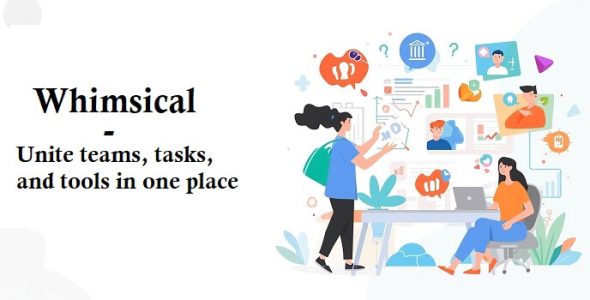From Concept to Reality: Steps to Develop Your Own Event App and Website
In today’s digital age, event planning has leaped forward with the integration of technology. Event apps have revolutionized the way attendees engage and interact with gatherings of all kinds, from conferences and trade shows to music festivals and weddings. Developing your event app might seem like a complex undertaking, but with a strategic approach and the right resources, you can turn your concept into a successful reality. This article outlines the essential steps to develop your event app.
Also, see a list of the top 25 event apps in 2024.
Steps to Develop Your Event App:
1. Ideation and Conceptualization
Every great app begins with a clear and innovative idea. Start by defining the purpose of your event app. Is it designed to enhance networking opportunities, streamline event registration, provide real-time updates, or offer interactive features? Once you’ve identified the core objectives, brainstorm additional features that will add value to attendees’ experiences. Collaborate with your team to ensure a diverse range of perspectives and ideas are considered during this crucial phase.
2. Market Research and Target Audience Analysis
Before you proceed, conduct thorough market research to understand the landscape of event apps and identify your potential competitors. Study their strengths and weaknesses, and pinpoint opportunities where your app can stand out. Additionally, define your target audience. Who will benefit the most from your app? Understanding their preferences, pain points, and habits will guide the development process and help you tailor your app’s features to their needs.
3. Outline Functionalities and Features
Based on your creativity and research, create a comprehensive list of functionalities and features your event app will offer. Prioritize them according to their importance and feasibility. Ensure that the features align with your app’s purpose and resonate with your target audience. Some common features include event schedules, speaker profiles, interactive maps, attendee networking tools, live polling, and feedback mechanisms.
4. User Experience (UX) and Interface Design
A seamless user experience is key to the success of your event app. Collaborate with a skilled UX designer to create an intuitive and visually appealing interface. The design should be consistent with your event’s branding and easy to navigate. Consider the user journey, ensuring that attendees can effortlessly access the information they need and engage with the app’s features without confusion.
5. Technical Development and Platform Selection
Choosing the right technology stack is crucial to the app’s performance and scalability. Decide whether you want to develop a native app for specific platforms (iOS and Android) or opt for a cross-platform solution. Native apps provide a superior user experience but may require separate development for each platform. Cross-platform solutions offer faster development and maintenance but might sacrifice some performance aspects. Collaborate with experienced app developers or a development team to bring your design and functionalities to life.
6. Testing and Quality Assurance
Before launching your app to the public, thorough testing is essential to identify and rectify any bugs, glitches, or performance issues. Conduct both manual and automated testing to ensure a smooth user experience across various devices and operating systems. Engage beta testers to provide real-world feedback and valuable insights that can improve the app’s functionality and user interface.
7. Integration and Data Management
Integrate your event app with necessary third-party tools, such as payment gateways for ticketing or social media platforms for sharing. Data security and privacy should also be a top priority. Ensure compliance with data protection regulations and implement robust security measures to safeguard user information.
It’s crucial to incorporate features within your event app that facilitate compliance with data subject rights regulations, enabling users to exercise their rights regarding their data, thereby fostering transparency and accountability in data processing practices.
8. Launch and Promotion
With thorough testing completed, it’s time to launch your event app. Create a comprehensive launch strategy that includes promotional activities such as social media campaigns, email newsletters, and collaborations with event partners. Engage early adopters and influencers within your industry to spread the word and generate initial traction.
9. Continuous Improvement
The launch is just the beginning. Monitor user engagement, gather feedback and track app performance metrics. Use this data to identify areas for improvement and implement updates and enhancements based on user preferences and needs. Keeping the app relevant and up-to-date will encourage ongoing engagement and loyalty from your user base.
10. Post-Event Analysis
After your event concludes, conduct a thorough analysis of the app’s impact and effectiveness. Collect quantitative data, such as the number of downloads, user interactions, and engagement rates. Additionally, qualitative feedback from attendees will be gathered to understand their overall experience and gather insights for future iterations of the app.
You can start building your event app today, with Fliplet.
In conclusion: Steps to Develop Your Own Event App
Developing your event app is an exciting journey that requires careful planning, creativity, and technical expertise. By following these steps, you can transform your initial concept into a fully functional app that enhances the event experience for attendees and offers valuable insights for event organizers. Stay open to feedback and adaptable to changing trends to ensure your event app remains a valuable tool in the ever-evolving landscape of event technology.
Interesting Related Article: 6+ Best Free WordPress Event Manager Plugins In 2024.

 My Account
My Account 

